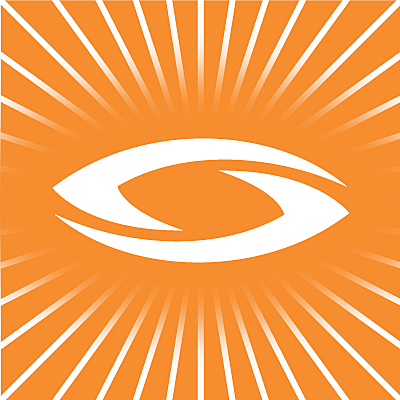If you are responsible for bringing Internet-of-Things products to market, you have probably considered how your product will connect to Smart Services. And as you consider the opportunity to offer Smart Services, you have imagined a steady stream of recurring revenue from subscriptions. The devices of the IoT will need services in the cloud to manage, monitor and run them, and each of these services represents potential subscriptions.
But you may have not imagined a steady stream of support requests.
The devices of the IOT are predicted to number 50 Billion by 2020 [
Cisco: Internet-of-Things]. Whereas today a typical consumer may have a handful of internet-connected devices, in the next 5 years there will be 50 connected devices for each person in the US [
HuffPost:Tech]. The companies offering Cloud Services for IOT devices will sink or swim based on how well they keep the devices connected to the services. Inevitably, some devices will require a human touch to get configured, re-configured, or re-started.

In the old days, a connected device was a TV cable box - and there was only one or a few in the house. It was feasible to send a technician to repair it after attempting telephone support. But what if your customers have not just one connected device, but hundreds? How does support scale to this size?
This is where SightCall can help. SightCall helps Smart Service providers connect to their customers to help diagnose problems in the field. Using a smartphone, an IoT device customer can share their view of their THING with an expert to help get it going again. A short remote video intervention with an expert can be the key to preventing a customer return, or avoiding a remote service call. Your customers will be happy, and service subscriptions will continue uninterrupted.
Be nice to your THINGS! Use SightCall.
 In the old days, a connected device was a TV cable box - and there was only one or a few in the house. It was feasible to send a technician to repair it after attempting telephone support. But what if your customers have not just one connected device, but hundreds? How does support scale to this size?
This is where SightCall can help. SightCall helps Smart Service providers connect to their customers to help diagnose problems in the field. Using a smartphone, an IoT device customer can share their view of their THING with an expert to help get it going again. A short remote video intervention with an expert can be the key to preventing a customer return, or avoiding a remote service call. Your customers will be happy, and service subscriptions will continue uninterrupted.
Be nice to your THINGS! Use SightCall.
In the old days, a connected device was a TV cable box - and there was only one or a few in the house. It was feasible to send a technician to repair it after attempting telephone support. But what if your customers have not just one connected device, but hundreds? How does support scale to this size?
This is where SightCall can help. SightCall helps Smart Service providers connect to their customers to help diagnose problems in the field. Using a smartphone, an IoT device customer can share their view of their THING with an expert to help get it going again. A short remote video intervention with an expert can be the key to preventing a customer return, or avoiding a remote service call. Your customers will be happy, and service subscriptions will continue uninterrupted.
Be nice to your THINGS! Use SightCall.


 In the old days, a connected device was a TV cable box - and there was only one or a few in the house. It was feasible to send a technician to repair it after attempting telephone support. But what if your customers have not just one connected device, but hundreds? How does support scale to this size?
This is where SightCall can help. SightCall helps Smart Service providers connect to their customers to help diagnose problems in the field. Using a smartphone, an IoT device customer can share their view of their THING with an expert to help get it going again. A short remote video intervention with an expert can be the key to preventing a customer return, or avoiding a remote service call. Your customers will be happy, and service subscriptions will continue uninterrupted.
Be nice to your THINGS! Use SightCall.
In the old days, a connected device was a TV cable box - and there was only one or a few in the house. It was feasible to send a technician to repair it after attempting telephone support. But what if your customers have not just one connected device, but hundreds? How does support scale to this size?
This is where SightCall can help. SightCall helps Smart Service providers connect to their customers to help diagnose problems in the field. Using a smartphone, an IoT device customer can share their view of their THING with an expert to help get it going again. A short remote video intervention with an expert can be the key to preventing a customer return, or avoiding a remote service call. Your customers will be happy, and service subscriptions will continue uninterrupted.
Be nice to your THINGS! Use SightCall.


